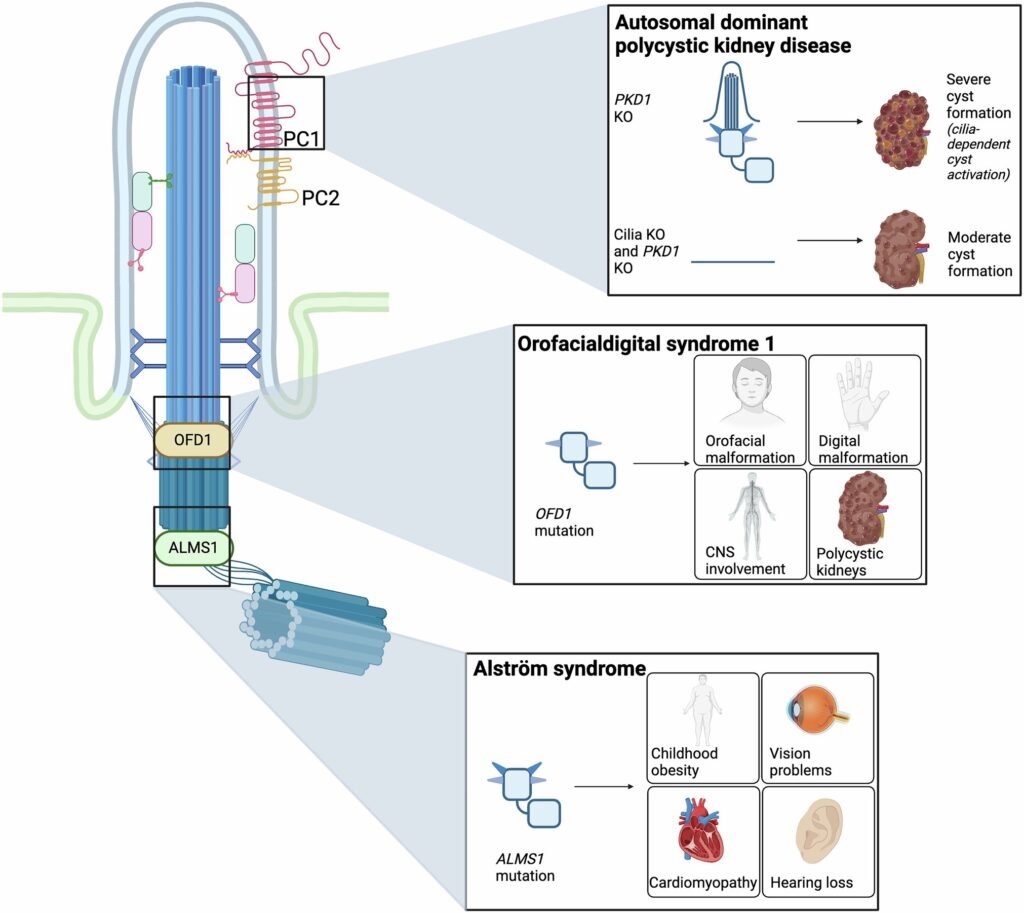Primary cilia, tiny hair-like structures found on cells, were once thought to be irrelevant. However, new research published in Oncogene suggests that these microscopic command centers could be key players in fueling cancer growth and drug resistance.
According to the study, primary cilia help cells detect signals from their surroundings. While some cancers destroy these structures, others rely on them to grow and thrive. Dr. Barbara Tanos from Brunel University of London explained, “We’re only just beginning to understand how powerful these structures are in cancer. They work like a Rubik’s cube, changing the instructions for the cell to perform different functions.”
In healthy cells, primary cilia are essential for growth and repair, acting as aerials that monitor the environment for changes. However, in cancer cells, molecules in cilia are hijacked to activate survival pathways that promote uncontrolled cell growth, invasion of tissues, and resistance to chemotherapy. The good news is that these molecules can be targeted with existing medicines used for other diseases.
Research has shown that targeting cilia signaling pathways could uncover new drug targets for cancer treatment. By inhibiting proteins that mediate cilia formation or silencing ciliary signals, existing cancer drugs could become more effective, especially in treating drug-resistant tumors.
The unexpected role of cilia in cancer has opened up new possibilities for treating hard-to-kill tumors. Understanding how cilia regulate cancer growth could lead to breakthroughs in cancer treatment, making failed treatments viable again and improving the efficacy of existing drugs.
The study, titled “Primary cilia and cancer: a tale of many faces,” provides valuable insights into the role of cilia in cancer development and drug resistance. By targeting cilia, researchers hope to revolutionize cancer treatment and improve patient outcomes.
This article was originally published by Brunel University of London and can be accessed via Oncogene. For more information, refer to the DOI: 10.1038/s41388-025-03416-x.
Overall, the discovery of the significance of primary cilia in cancer highlights the importance of further research in this area and the potential for developing new treatment strategies for cancer patients.


